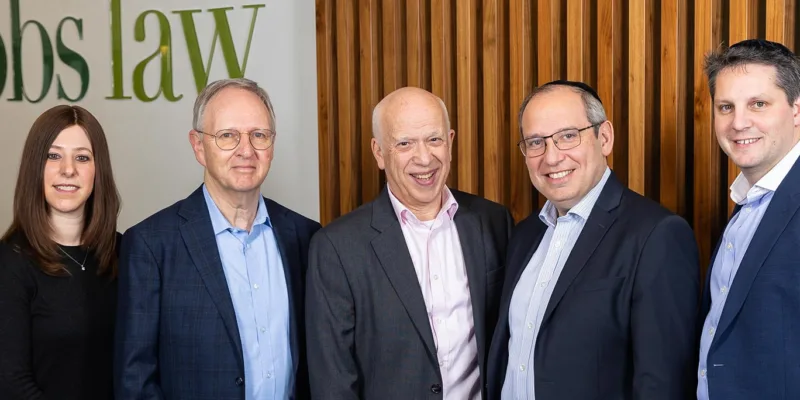We provide strategic legal partnerships for businesses and individuals.
Watch VideoBBS Law's Services
Our Case Studies
Successful Acquisition of Multi-Let Mixed Use Development in London’s Haringey Area
BBS Law successfully represented a family office in the acquisition of a multi-let mixed-use development located in the vibrant Haringey area of London. The purchase price was agreed upon at £7,500,000. Despite the complexity of the transaction, BBS Law’s penetrative…
Urgent Application for a Prohibited Steps Order
BBS Law represented a father who has sole care of the parties’ two-year-old son. The mother had returned to Taiwan, her home country and did not have consistent contact with the child. Given the father was in possession of the…
Pawsitively Perfect: New Vet Store Opening Supported By Our Property Team
Avi Barr and Leona Ho in our Property team are delighted to have been able to support new veterinary Snoots in opening their new vet clinic in London. Best of luck to Jonathan Moyal and the team on this first step of what will hopefully be a really exciting…





























